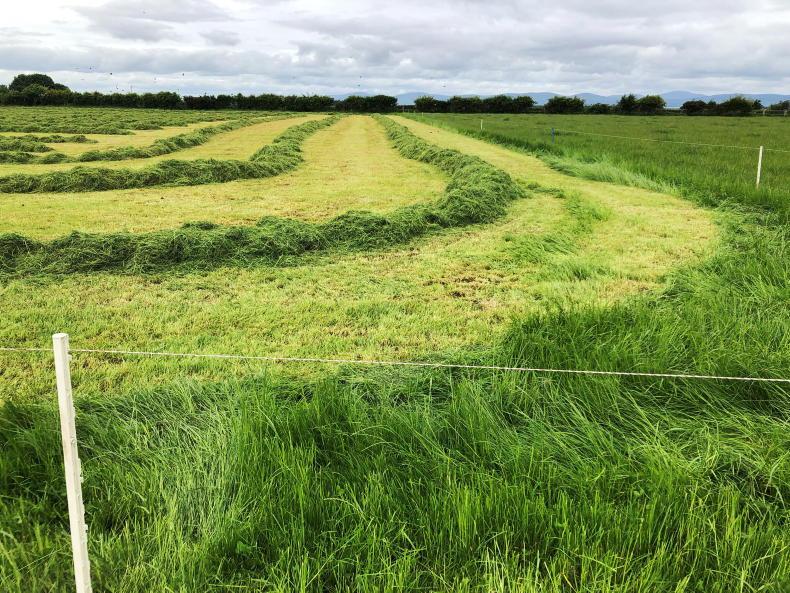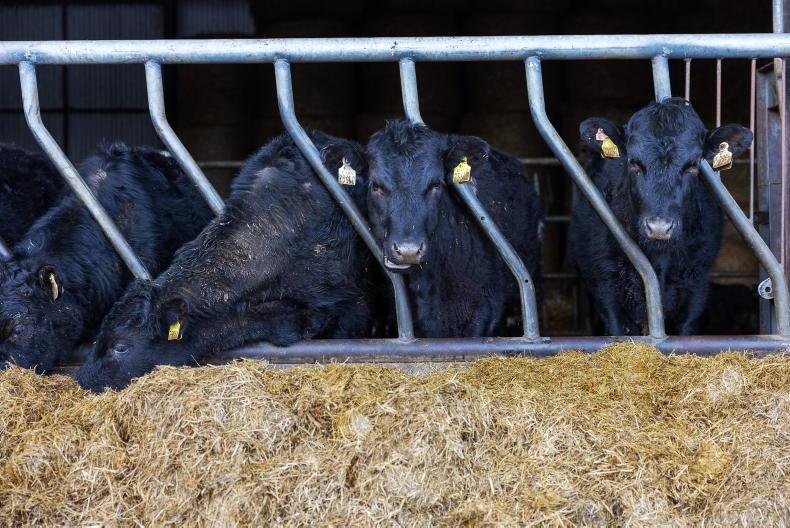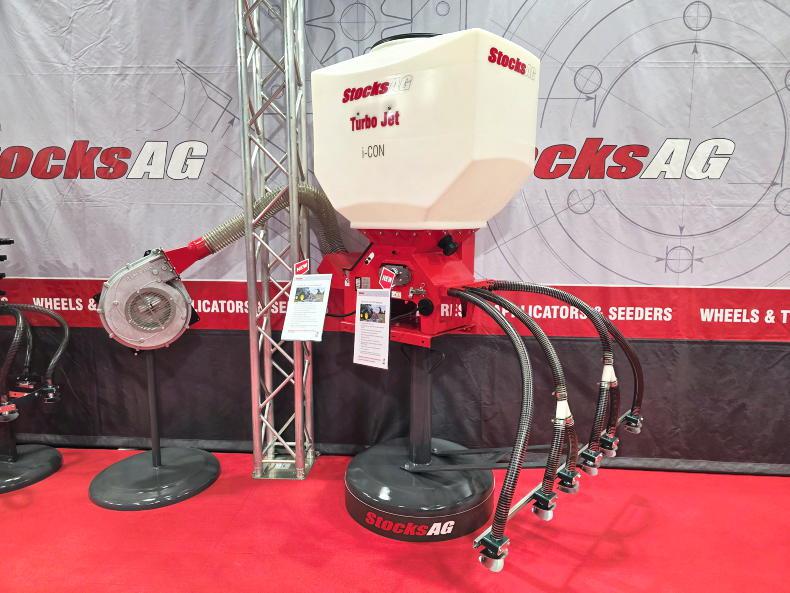Grass covers are starting to build on livestock farms, extending the number of grazing days in front of cattle.
As covers build, don’t lose focus on sward quality. The aim for May is to graze swards down to around 4cm to 5cm or the point of the toe cap on your boot.
This will ensure there is plenty of leaf in the sward when animals re-enter paddocks again in the next rotation.
Grazing days
As grass growth increases, you will need to shorten your rotation to main sward quality. A 12- to 15-day rotation may be necessary when grass growth reaches peak levels.
This means skipping paddocks and taking out surplus grass for silage. It takes a lot of confidence to skip paddocks, especially when starting out with rotational grazing.
Walking the grazing block every week, but ideally twice per week, during May will help build the confidence to take grass out for silage.
The key is to take out a surplus early. This means paddocks will be ready to graze again in the next rotation.
Leaving covers to bulk out will only slow regrowth on paddocks, potentially causing a grass shortage in June.
Keep stock moving
By reducing the rotation to around 15 days from the usual 21 days during May and early June, cattle will be entering swards at lower covers.
This makes it easier to keep on top of grass and clean out swards. On a 21-day rotation at peak growth, grass covers will get far too strong for grazing.
It is then harder to clean out swards, making topping a necessity. Also, with cattle eating more stem than leaf, weight gain will suffer.
Read more
Beef prices not justifying early finishing – ICSA
Five tips to get spring grazing back on track
Grass covers are starting to build on livestock farms, extending the number of grazing days in front of cattle.
As covers build, don’t lose focus on sward quality. The aim for May is to graze swards down to around 4cm to 5cm or the point of the toe cap on your boot.
This will ensure there is plenty of leaf in the sward when animals re-enter paddocks again in the next rotation.
Grazing days
As grass growth increases, you will need to shorten your rotation to main sward quality. A 12- to 15-day rotation may be necessary when grass growth reaches peak levels.
This means skipping paddocks and taking out surplus grass for silage. It takes a lot of confidence to skip paddocks, especially when starting out with rotational grazing.
Walking the grazing block every week, but ideally twice per week, during May will help build the confidence to take grass out for silage.
The key is to take out a surplus early. This means paddocks will be ready to graze again in the next rotation.
Leaving covers to bulk out will only slow regrowth on paddocks, potentially causing a grass shortage in June.
Keep stock moving
By reducing the rotation to around 15 days from the usual 21 days during May and early June, cattle will be entering swards at lower covers.
This makes it easier to keep on top of grass and clean out swards. On a 21-day rotation at peak growth, grass covers will get far too strong for grazing.
It is then harder to clean out swards, making topping a necessity. Also, with cattle eating more stem than leaf, weight gain will suffer.
Read more
Beef prices not justifying early finishing – ICSA
Five tips to get spring grazing back on track










SHARING OPTIONS